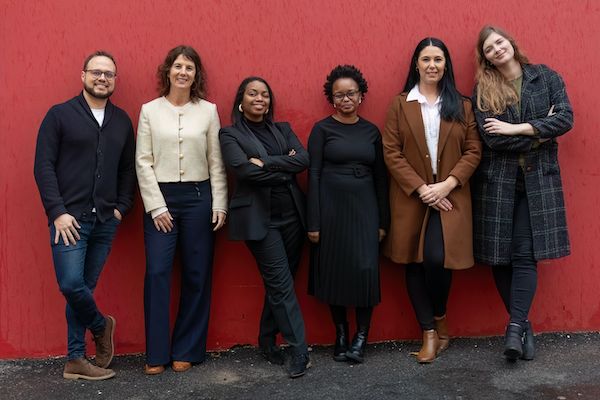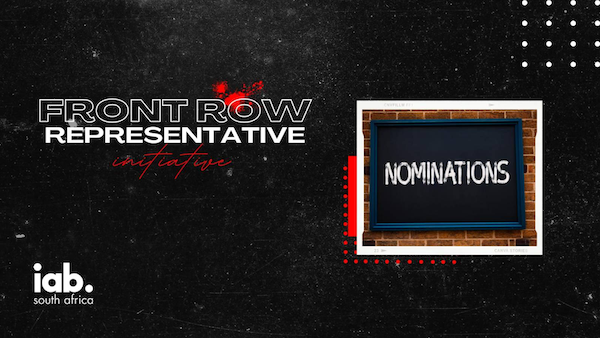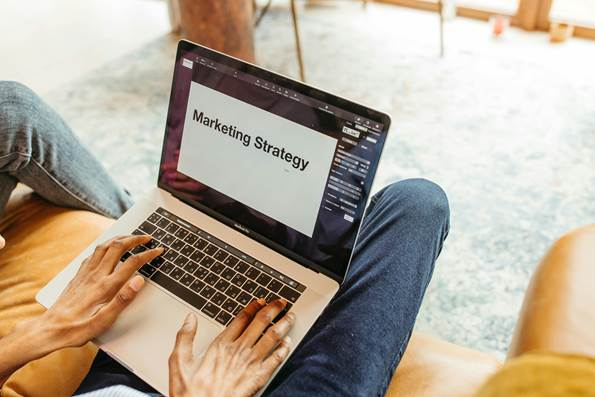The Association of African Exhibition Organisers (AAXO) is excited to announce the selected Committee of the AAXO Youth Chapter for 2024/2025. This new initiative is designed to empower and support young professionals within the events and exhibitions industry, providing them with a platform to have their voices heard and contribute to the sector’s future growth and innovation.
‘We are proud of the selected Committee for the newly launched AAXO Youth Chapter and believe we have some of the brightest young minds representing our association and industry,’ said Gary Corin, Chairperson at AAXO.
The selected members of the AAXO Youth Chapter Committee are:
Anazi Piper, Vuka Group
Piper’s deep commitment to AAXO’s mission and her belief in the power of communication and leadership have driven her to join the Youth Chapter, where she aims to leverage her skills to foster effective communication within the committee and inspire others to drive industry growth. Her goal is to contribute meaningfully to the industry, ensuring that young professionals have a voice and the support they need to succeed.
Suad Khan, Dogan Exhibitions and Events
Khan is particularly focused on addressing the high-pressure environment that often characterises the events industry and understands that the demanding nature of this field can significantly impact work-life balance, especially for young professionals who are still finding their footing. By being part of the Youth Chapter, Khan aims to advocate for better support systems and work-life balance initiatives that can help mitigate these pressures.
Yaseen Dalvie, dmg events
Dalvie’s mission is to give back to the industry that has significantly shaped his professional journey. With seven years of extensive experience in the events and exhibitions sector, Yaseen is committed to leveraging his knowledge and insights to support and mentor the next generation of industry professionals. He believes that his experiences can help address the unique challenges faced by today’s youth – such as lack of experience, professional connections and skill enhancement opportunities – ensuring they have the resources and guidance needed to succeed.
Yvonne Kumane, Scan Display
Kumane hopes to engage with peers in discussing industry problems and trends and to collaboratively develop solutions. She is particularly focused on addressing the lack of preparedness for real-world pressures and the need for industry-specific training, aiming to better equip young professionals to succeed in this demanding field.
Amanda Dube, dmg events
Dube, with seven years in the industry, joined the Committee to influence the sector’s future, develop her leadership skills, and contribute to industry growth by addressing challenges such as limited access to funding, inadequate professional development, and networking barriers.
Ngcali Ngotsho, MesseFrankfurt SA
Ngotsho hopes to be a voice for passionate young people in the events and exhibitions industry, aiming to address challenges related to inclusion and the limited options available for young professionals in the sector.
Stephen Campbell, Vuka Group
Campbell joins the Committee with a clear goal of collaborating closely with stakeholders to tackle shared challenges within the exhibitions industry. His focus is on addressing issues such as flat organisational structures, industry stigmatisation, limited career growth opportunities, and the absence of incentives for entrepreneurship among youth. He seeks to create an environment where young professionals can thrive and contribute meaningfully to the industry’s development and innovation.
Mthandazo Ndzuzo, MesseFrankfurt SA
Ndzuzo is driven by a desire to enhance her leadership abilities and actively contribute to the exhibitions industry, and aims to tackle issues faced by the youth such as limited industry experience, which often hinders young professionals from securing key roles and responsibilities within the sector.
Harris Kubjane, AI Media
With four years of experience running youth organisations and volunteering abroad, Kubjane is committed to making a lasting impact and inspiring African youth. He has organised and participated in numerous youth conferences across Africa and the globe, equipping him with valuable insights and skills, and recognises the need for platforms that offer training as he believes that youth should actively facilitate talks, workshops and panels.
‘The AAXO Youth Chapter will serve as a crucial platform for these young professionals to address industry challenges, share innovative ideas, and actively participate in the growth and evolution of the exhibitions sector,’ concluded Corin.
AAXO YOUTH CHAPTER
www.aaxo.co.za/aaxo-youth-chapter/

















